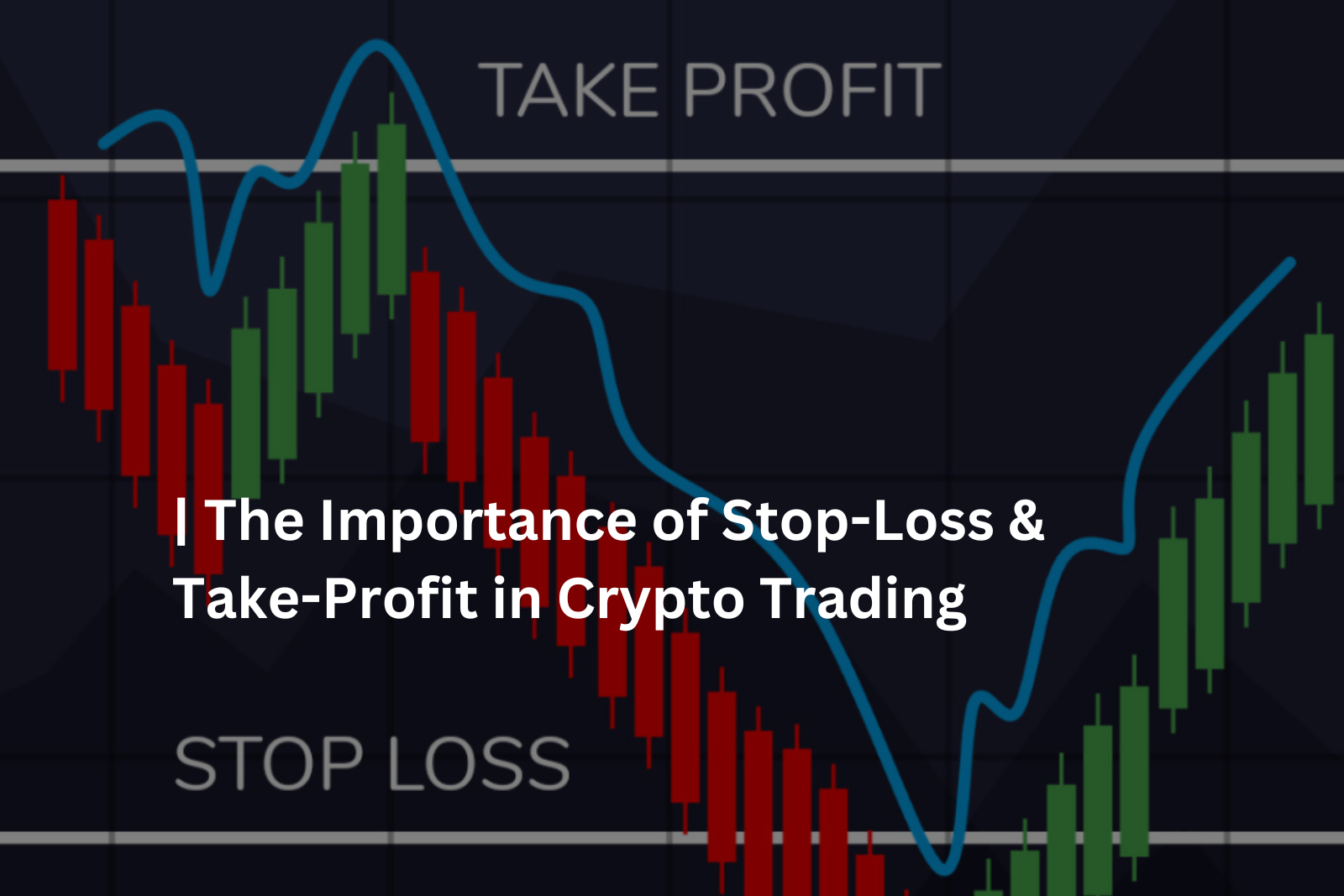
Risk management is key to long-term success in the volatile world of cryptocurrency trading. The Importance of Stop-Loss & Take-Profit cannot be overstated, as these essential tools help traders minimize losses, secure profits, and execute trades strategically. Whether you’re a beginner or an experienced trader, understanding stop-loss and take-profit can significantly affect your trading outcomes. These essential tools help traders minimize losses, secure profits, and execute trades strategically.
What Is Stop-Loss in Crypto Trading?
A stop-loss order is a predefined price level set by a trader to automatically sell an asset when its value drops to a certain point. This tool helps mitigate losses by preventing further declines in a trade.
Benefits of Using Stop-Loss Orders:
- Protects Capital: Prevents excessive losses in a bearish market.
- Reduces Emotional Trading: Eliminates impulsive decisions by setting automatic exits.
- Ensures Discipline: Encourages a structured trading approach rather than relying on gut instincts.
What Is Take-Profit in Crypto Trading?
A take-profit order is a predetermined price level at which a trader automatically sells an asset to lock in profits. This tool ensures that profits are secured before market reversals can wipe them out.
Benefits of Take-Profit Orders:
- Locks in Gains: Ensures traders secure profits before market downturns.
- Removes Greed from Trading: Encourages discipline by setting realistic profit targets.
- Enhances Trading Efficiency: Saves time by automating profit-taking, allowing traders to focus on new opportunities.
Importance of Stop-Loss & Take-Profit: How to set them effectively
Setting stop-loss and take-profit levels requires strategy and market analysis.
1. Identify Support and Resistance Levels
- Place stop-loss slightly below key support levels to avoid being stopped out prematurely.
- Set take-profit near resistance levels where selling pressure is expected.
2. Use a Risk-Reward Ratio
- Maintain a minimum risk-reward ratio of 1:2 (e.g., risking $100 to make $200) to maximize profitability.
3. Adjust for Market Volatility
- In high-volatility conditions, use a wider stop-loss to prevent unnecessary exits.
- In low-volatility markets, a tighter stop-loss can help preserve capital.
4. Utilize Trailing Stop-Loss
- A trailing stop-loss moves automatically as the price rises, securing profits while allowing further gains.
- Ideal for riding strong trends without exiting too early.
Common Mistakes to Avoid
- Setting Stop-Loss Too Tight: This can result in premature exits due to minor price fluctuations.
- Ignoring Market Trends: Always align stop-loss and take-profit with broader market movements.
- Not Adjusting for Market News: Sudden events can cause price spikes, making it essential to stay informed.
Final thoughts
Stop-loss and take-profit orders are essential risk management tools in crypto trading. They help traders protect capital, lock in profits, and maintain discipline in an unpredictable market.
By strategically setting these levels based on market trends, support and resistance, and risk-reward ratios, traders can significantly improve their success rate. Start using stop-loss and take-profit today to trade smarter and reduce unnecessary risks.











